The Scottish Gamekeepers Association has raised fears that deer culling at the Glencoe National Nature Reserve could “clear” out the last hill people from the community.
The National Trust for Scotland (NTS) say the out-of-season cull is necessary as current levels of grazing are preventing nature from flourishing.
But the Scottish Gamekeepers Association (SGA) claim the regeneration plan will only succeed if they kill “every last deer” in the area.
However, the NTS has refuted that its operation will result in any “clearance” of the community and described the claims as “scaremongering”.
‘Deeply concerned’
Alex Hogg, chairman of the SGA, said: “We are deeply concerned for the futures of our members and their families. This is a fragile community.
“If ever there was an argument to say that socio-economic impacts should be properly considered, it is here. Put simply, if the deer go, so will the last remaining hill people and their families in Glencoe and the surrounding area.”
The association has shared reports that dead deer are being left near public roads, while deer from Rannoch Moor and Glen Etive have filtered into the area and also been shot.
They also claim that current average population densities throughout the glen are below the Scottish Government’s nationwide target.
Mr Hogg added: “We will be writing to Scottish Government, in the first instance, to ask what socio-economic impact assessments have been done and if a seed source exists for trees to regenerate from.
“The local stalkers are not against regeneration. They are not unreasonable. Given the impacts and topography, they just feel this is the wrong place.
“The environment is important but, as part of a Just Transition, people and communities must be considered, too. Their view is that their jobs are not being considered at all.”
Monitoring impact of cull
In response, the NTS has said the deer management plans support their objectives to “stabilise and improve” the estate.
A spokeswoman said: “Caring for a landscape of the scale and importance of Glencoe is a huge responsibility and one that our charity takes very seriously.
“Glencoe is a national nature reserve, important for its landscape, history and biodiversity. Red deer are an important part of that.
“The current levels of grazing in the glen are preventing nature from flourishing, including native trees and impacting on the health of its peatlands, both of which are vital to tackling the impacts of the climate crisis.
“After extensive internal and external consultation and careful consideration, we are planning to increase the annual deer cull at the Glencoe National Nature Reserve, and this has been approved by NatureScot.
“As a conservation charity, we have committed to stabilising and improving the condition of our estate, and to allowing nature to flourish as set out in our ten-year strategy.
“This approach to deer management supports those objectives. In making these plans, we are working to balance a range of different factors.
“Throughout, we are maintaining open dialogue and collaborating with our neighbours and other stakeholders and continue to closely monitor the resulting impacts of the cull.
“It goes without saying that the Trust, as a responsible landowner and national conservation charity, carries out any control activity with the welfare of animals and safety of the public as a top priority, working with well-trained professionals.”
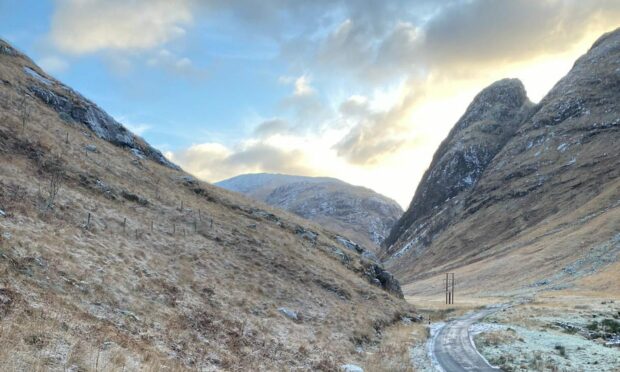
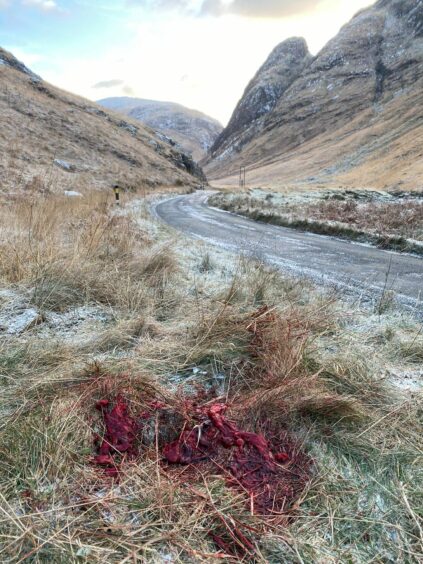

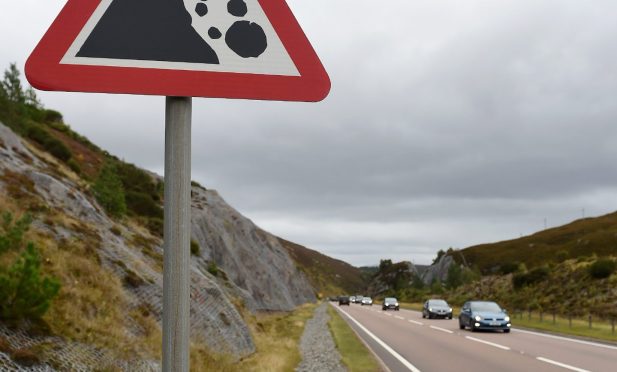
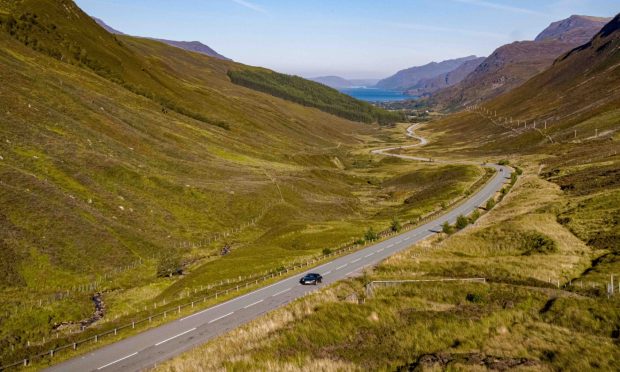
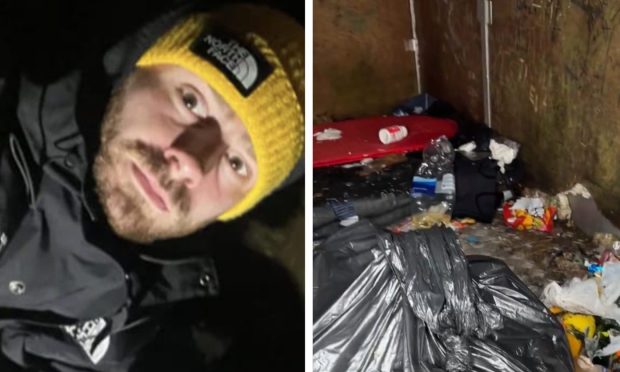

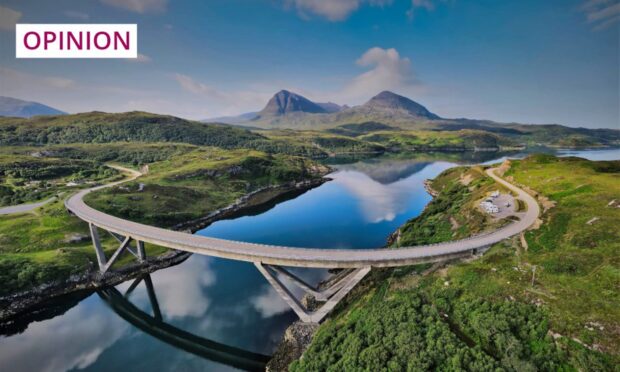
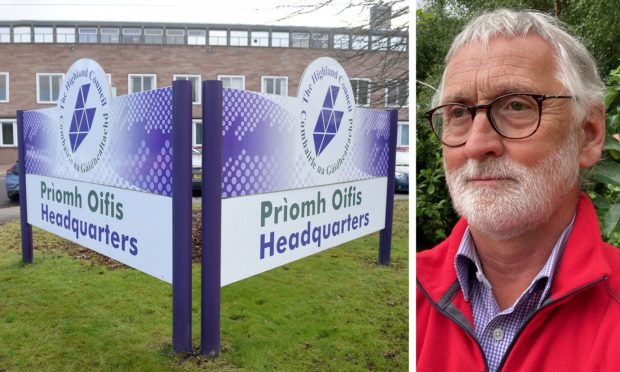
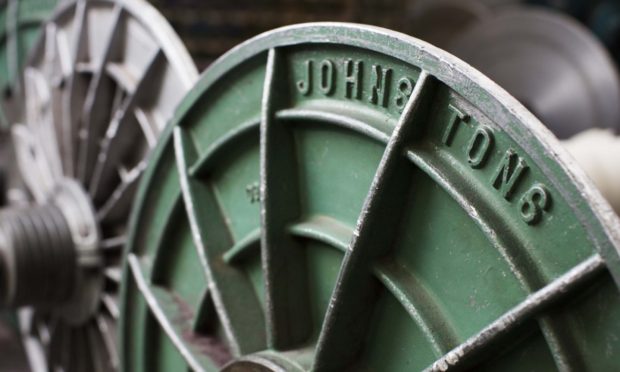
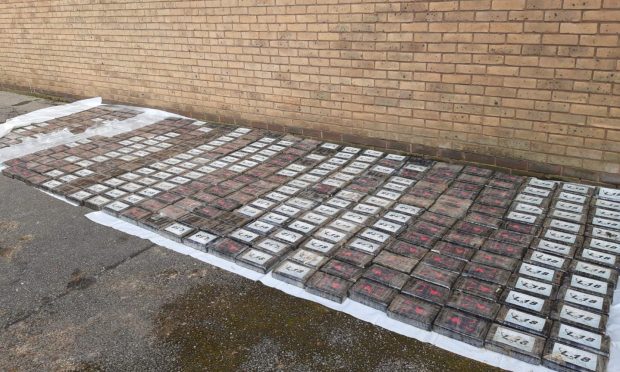

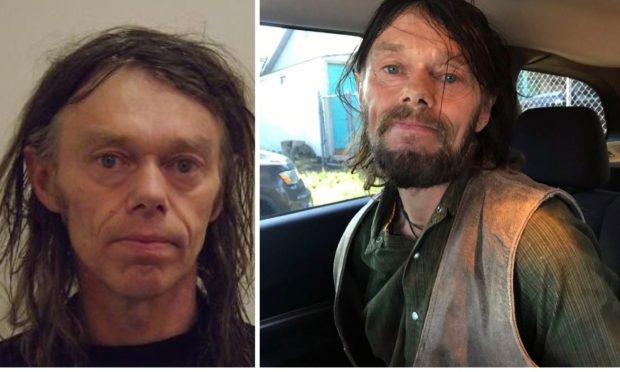
Conversation